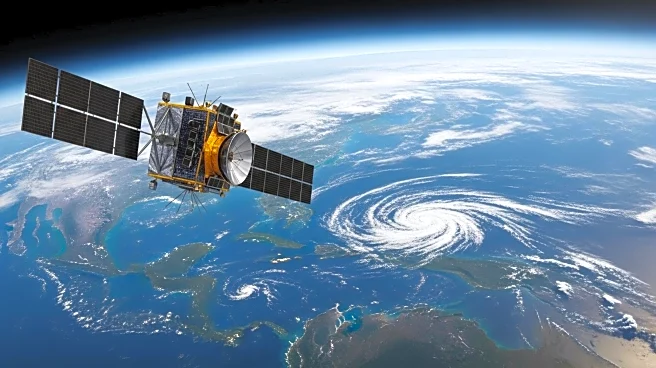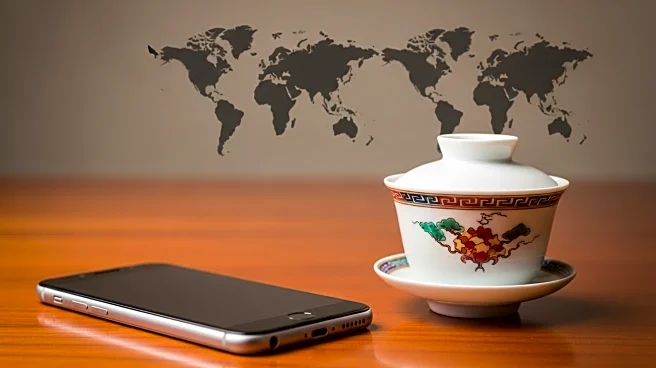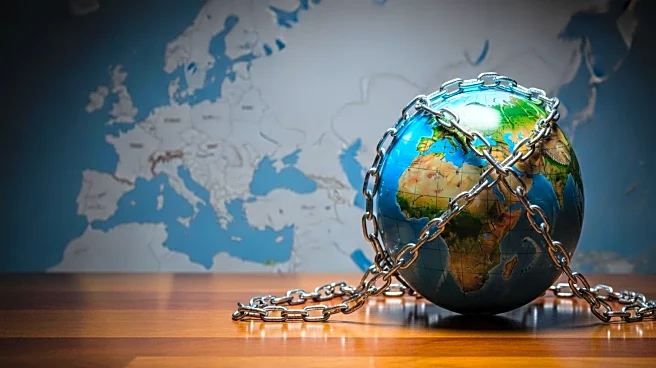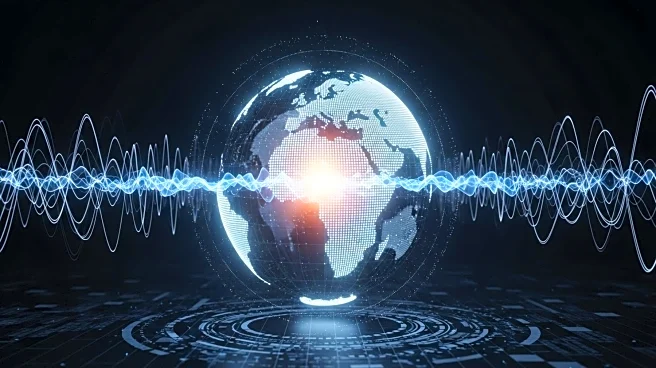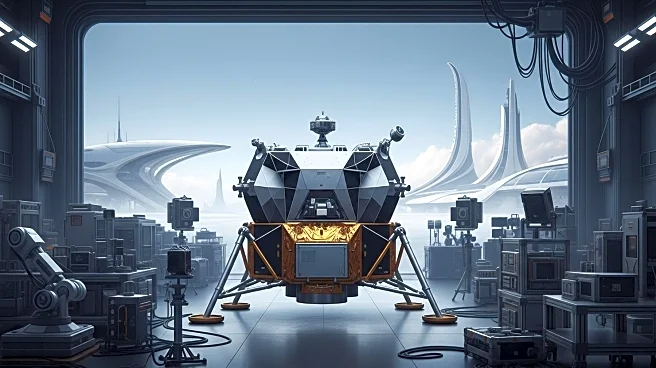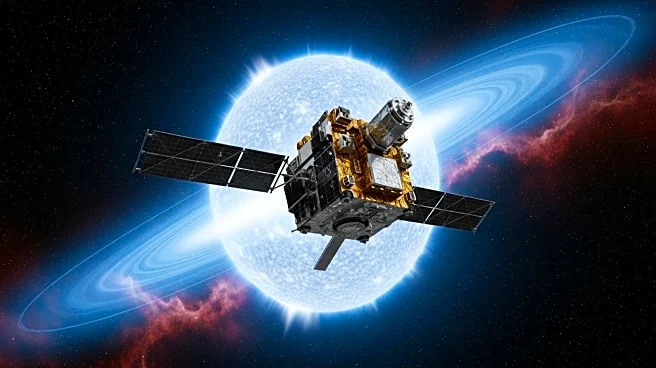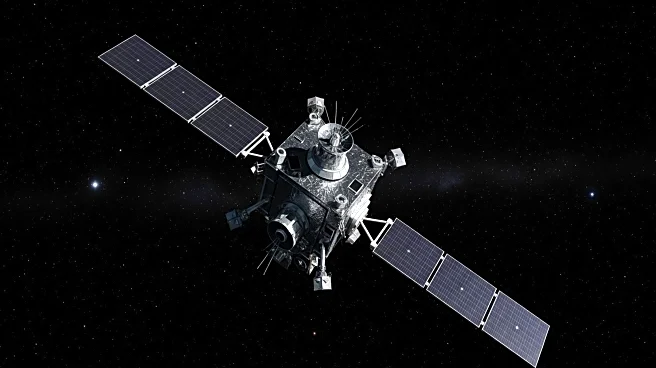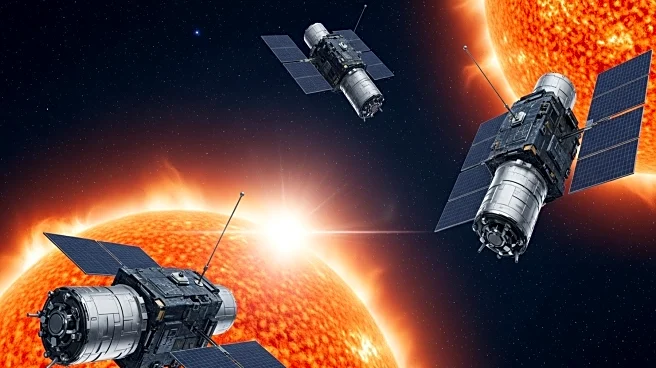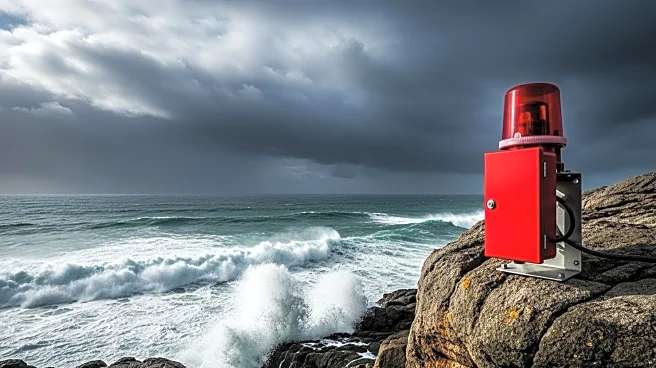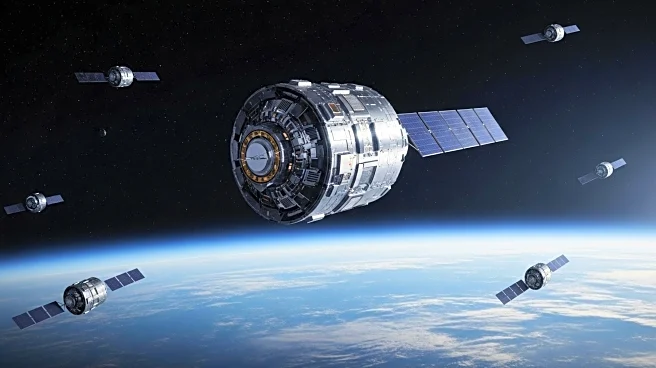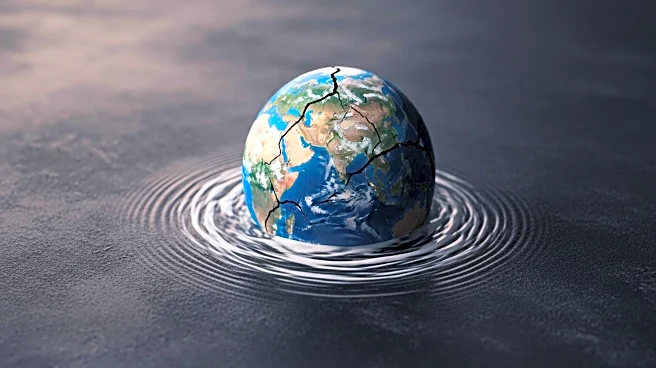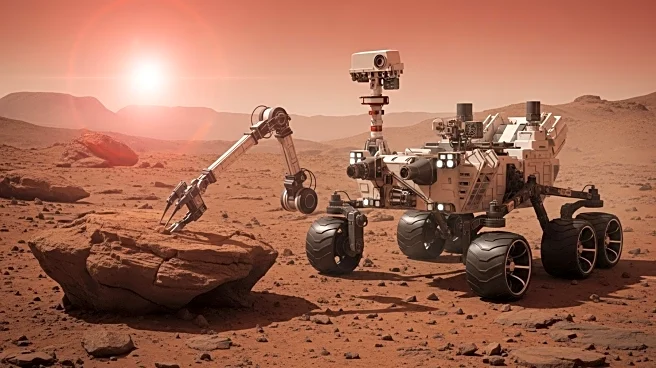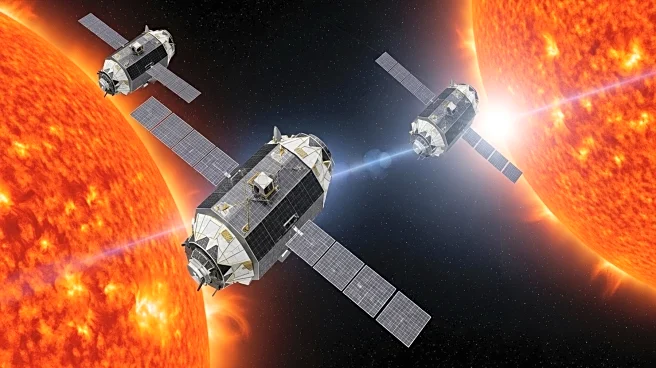What is the story about?
What's Happening?
NASA's GUARDIAN experimental technology successfully tracked a tsunami triggered by a magnitude 8.8 earthquake off Russia's Kamchatka Peninsula on July 29. The system detected atmospheric disturbances caused by the tsunami waves approximately 30 to 40 minutes before they reached Hawaii and other coastal areas. GUARDIAN utilizes signals from global navigation satellite systems to detect pressure waves in the ionosphere, which are caused by the surge of water during a tsunami. This real-time tracking capability provides valuable lead time for coastal communities to prepare for potential impacts.
Why It's Important?
The ability to track tsunamis in real time is crucial for disaster preparedness and response. NASA's GUARDIAN system offers an additional layer of information that can aid in making timely evacuation decisions, potentially saving lives and reducing damage. This technology enhances the existing tsunami warning systems by providing earlier detection of atmospheric disturbances, which can be critical in regions vulnerable to such natural disasters. The successful demonstration of GUARDIAN's capabilities highlights the importance of continued investment in advanced monitoring technologies to improve public safety.
What's Next?
Following the successful tracking of the July 29 tsunami, further development and deployment of GUARDIAN technology could be anticipated. This may involve expanding the system's coverage and integrating it with existing tsunami warning networks to enhance global disaster response capabilities. Stakeholders such as the National Oceanic and Atmospheric Administration (NOAA) may collaborate with NASA to refine the technology and explore additional applications for real-time atmospheric monitoring.
AI Generated Content
Do you find this article useful?
